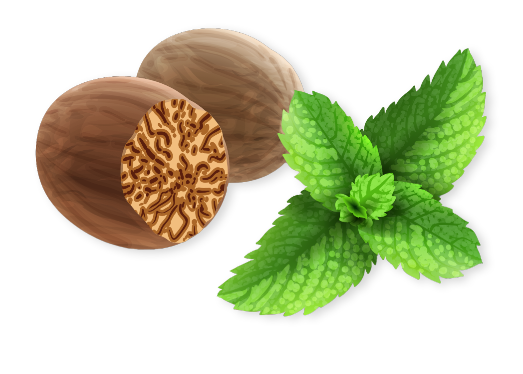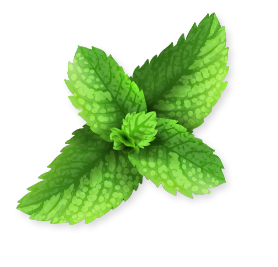- Migraine with Aura: Accompanied by visual or sensory disturbances before the headache starts.
- Migraine without Aura: The most common form, occurring without any sensory warning.
- Chronic Migraine: Frequent migraines (15 or more days a month) that significantly impact daily life.
- Hemiplegic Migraine: A rare type that can cause temporary paralysis or weakness on one side of the body.
- Basilar-type Migraine: Often seen in young women, it includes symptoms like vertigo and even temporary loss of consciousness.
WHAT IS MIGRAINE ?
Migraine is a neurological condition marked by recurring, intense headaches, often affecting one side of the head. This throbbing pain can last from hours to days, accompanied by nausea, vomiting, and sensitivity to light and sound. These symptoms can severely impact daily life and productivity.
TYPES
SIGNS & SYMPTOMS
- Severe throbbing or pulsating pain on one or both sides of the head
- Nausea and vomiting
- Sensitivity to light, sound or smell
- Visual disturbances or aura (e.g., flashes of light, zigzag patterns)
- Tingling or numbness in the face or limbs
- Dizziness or light-headedness
CAUSES
- Stress and anxiety: Emotional stress is a common migraine trigger.
- Hormonal changes: Women may experience migraines with menstrual cycles due to hormonal fluctuations.
- Dietary triggers: Certain foods like aged cheese, caffeine, or alcohol can prompt migraines.
- Sleep disturbances: Inconsistent sleep patterns may trigger attacks.
- Environmental factors: Bright lights, loud noises, and strong smells are known to trigger migraines in susceptible individuals.
- Weather changes: Rapid changes in weather can sometimes provoke migraine attacks.
TREATMENT AT SANJEEVANAM
At Sanjeevanam, migraine is seen as an imbalance in the body’s doshas. Ayurvedic treatment focuses on balancing these doshas, alleviating stress, and eliminating triggers. Treatment protocol consists of:
- Panchakarma Therapy: Detoxification procedures, including Vamana and Nasya, help remove toxins and balance doshas.
- Dietary Modifications: A diet rich in easily digestible foods while avoiding known triggers (e.g., caffeine, processed foods) reduces the likelihood of attacks.
- Lifestyle Adjustments: Practicing a regular sleep schedule, yoga, and meditation can help manage stress, reducing the frequency and severity of migraines.
- Therapies like Shirodhara: Streaming medicated oils on the forehead helps to calm the mind and relieve pain, promoting mental clarity and relaxation.
BOOK APPOINTMENT
























